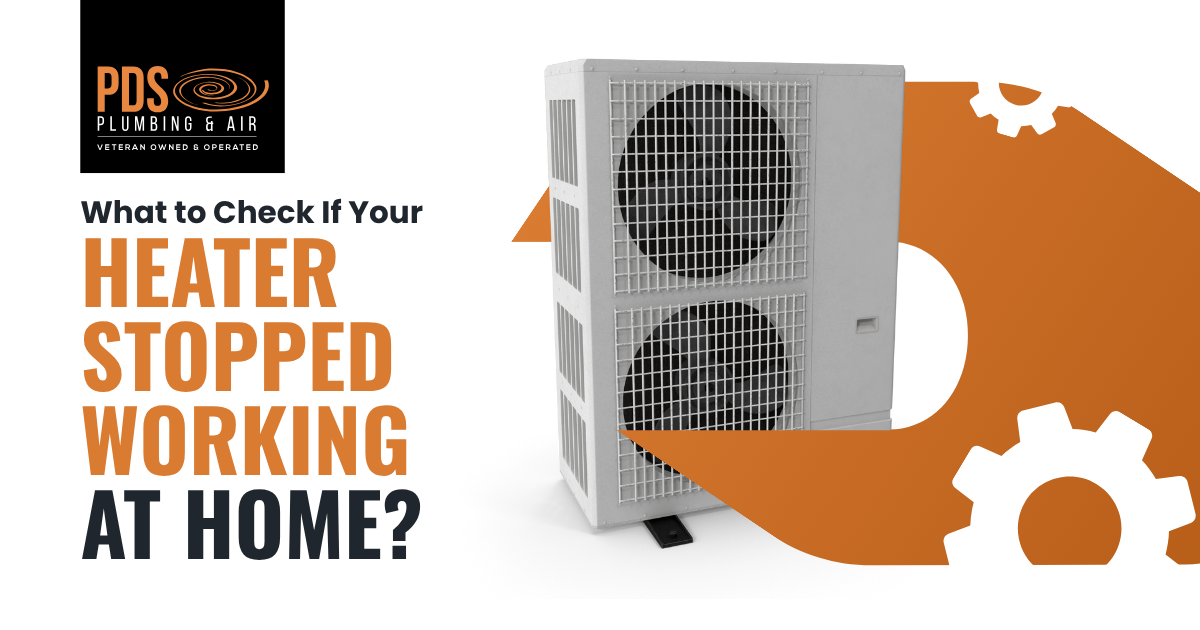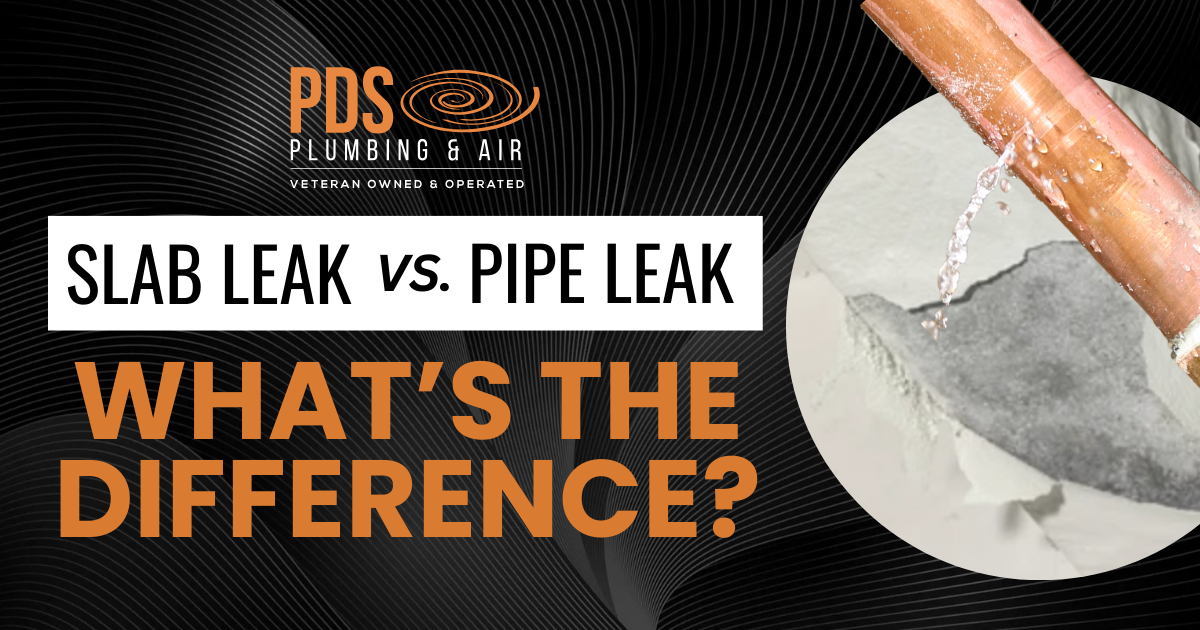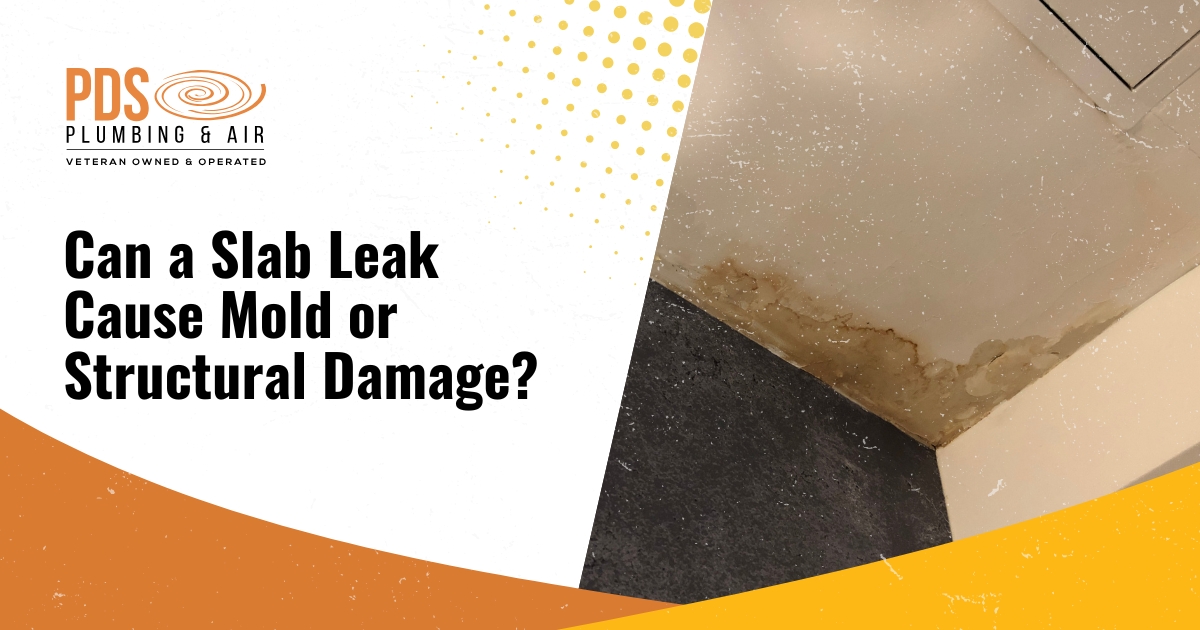
If you live in the city of Fresno, Clovis, or elsewhere in Central California, you may have an older home without an air conditioning system. It’s important to understand which of the HVAC options for old houses are best for you based on your unique cooling and heating needs. The professionals at PDS Plumbing and Air have some helpful information regarding special considerations, the top options, and more when it comes to installing and using an HVAC system in older homes.
Why Old Homes Require Special HVAC Consideration
Before you explore some of the best HVAC options for old homes, it’s vital to understand why these homes require special consideration.
No ductwork
Depending on when your home was built, it may predate the use of heating and cooling systems. This means that there is no ductwork available, which is required if you’re installing a forced-air HVAC system. Installing new ductwork in an old house can be complicated and may require extensive changes to the existing structure, which can increase your overall installation cost.
Architectural issues
Most older homes have less space in the attic, walls, and basement required for modern HVAC equipment. You may also want to keep the integrity of certain architectural details like trim, plaster walls, or façades. Altering load-bearing walls may also be required, though this is typically discouraged for safety reasons.
Old electrical systems
Some older houses may not have electrical systems in place to handle the high power demands of a new HVAC system. You may need to upgrade the wiring and the electrical panel before installing new HVAC components. Retrofitting a new HVAC system into an older home often increases not just the complexity of the job but also the total cost.
Top HVAC Options for Older Houses
Here are some of the top air conditioning options for older homes:
- Ductless mini-split systems: These energy-efficient, low-maintenance HVAC systems are compact, don’t require ductwork installation, and offer zoned heating and cooling for more temperature control in every room.
- Window air conditioners: This is a good choice if you’re looking for a budget-friendly way to cool specific rooms of an older home without having to change the structure or install new ductwork.
- VRF systems: A VRF system is similar to a mini-split because it doesn’t require ductwork, but it does use an outdoor unit and multiple condenser units connected by refrigerant lines.
- Portable air conditioners: These portable AC units make it easy to cool your home. They only need to be plugged into an electrical outlet for versatile cooling anywhere and anytime you need it (portable heaters may also be used in the winter for heat).
- Traditional central air conditioning: For homeowners open to investing in renovations, traditional central air conditioning remains a great option for many older houses.
Benefits of Ductless Mini-Splits in Historic Homes
If you want to avoid renovations but need reliable HVAC in a historic home, ductless mini-split systems are a great option. Here are some of the benefits of using them:
Energy savings
A ductless mini-split is extremely energy efficient and doesn’t lose energy through leaks or gaps in the air ducts like most traditional HVAC systems do. Mini-splits also allow for zoned heating and cooling, so you can adjust the temperature in different rooms to save energy and money. These systems also lead to lower energy bills, reducing your monthly household costs.
Quiet operation
Mini-split systems are praised for their extremely quiet operation. This is especially helpful in historic homes, where most noises tend to be more noticeable than in newer homes. You’ll enjoy a peaceful, comfortable home without the excess noise of a traditional central air conditioning system.
Easy to install
Ductless mini-splits are much easier to install than traditional HVAC systems, especially in an old house without any existing ductwork. Minimal wall and ceiling penetrations help preserve the original uniqueness and architectural details of historic homes. Plus, installing a ductless mini-split system is much less time-consuming than installing central air or another more complex HVAC system.
Eco-friendly and affordable
A mini-split system uses less energy than other whole-home HVAC systems, helping you save on monthly energy and operating costs. These systems are also eco-friendly, helping you get the home comfort you need while lowering your carbon footprint. Not needing to install ductwork also makes them more affordable to install overall.
Should You Retrofit Ductwork in an Old House?
Retrofitting ductwork in an old house may be a smart investment, as long as you weigh the pros and cons, including the potential costs, remodeling requirements, and benefits. Some older homes already have existing ductwork that could be the improper size, leaky, or made of outdated materials. This may hurt your HVAC system’s efficiency and the home’s indoor air quality.
Here are some things to consider when deciding whether to retrofit the ductwork in an old house:
- Energy efficiency: Old ductwork may be leaky or poorly insulated, which causes energy loss that reduces the efficiency of your HVAC system.
- Air quality: Older or damaged ductwork may harbor irritants like dust, mold, and pollen that could affect your home’s indoor air quality.
- Comfort: When ductwork is installed and sized properly, you’ll experience more consistent temperatures and fewer hot and cold spots, making your home more comfortable.
- Boost home value: Upgrading to new ductwork and installing a modern HVAC system may help to increase the resale value of your home, regardless of its age.
- Longer system lifespan: Retrofitting the ductwork in an old house can help prolong the lifespan of your system by helping it run more efficiently.
How to Improve Energy Efficiency in Old Homes
Implement these tips to improve the energy efficiency in old homes:
- Seal air leaks and gaps around windows and doors, including all frames and electrical or plumbing penetrations, with weatherstripping and caulk.
- Upgrade old insulation in the attic, walls, and floors with new fiberglass batting, spray foam, or blown-in cellulose.
- Install a new HVAC system with a high SEER rating or choose a heat pump that provides both heating and cooling for easier maintenance.
- Replace old single-pane windows and doors with new, double-pane glass and modern frames to reduce drafts and improve insulation.
- Look for incentives to upgrade to more energy-efficient HVAC systems and appliances, including various state and federal tax rebates and credits that apply to older homes.
When to Call an HVAC Professional for Older Home Projects
While mini-splits offer efficient heating and cooling without major renovations, knowing when to call an HVAC professional is key, especially for older homes.
No matter the condition of your home’s ductwork, a professional can help you plan the best course of action for reliable comfort.
Call an HVAC expert if:
- Your current system isn’t producing enough cool or warm air.
- You notice odd smells, loud noises, or reduced efficiency.
- You want a full home energy audit and a customized plan for your home.
Contact PDS Today!
PDS Plumbing and Air is proud to serve our customers in Central California. If you have an older home and want to explore your HVAC options, we’re here to help. Contact us today to learn more or to schedule a free estimate or other service.











